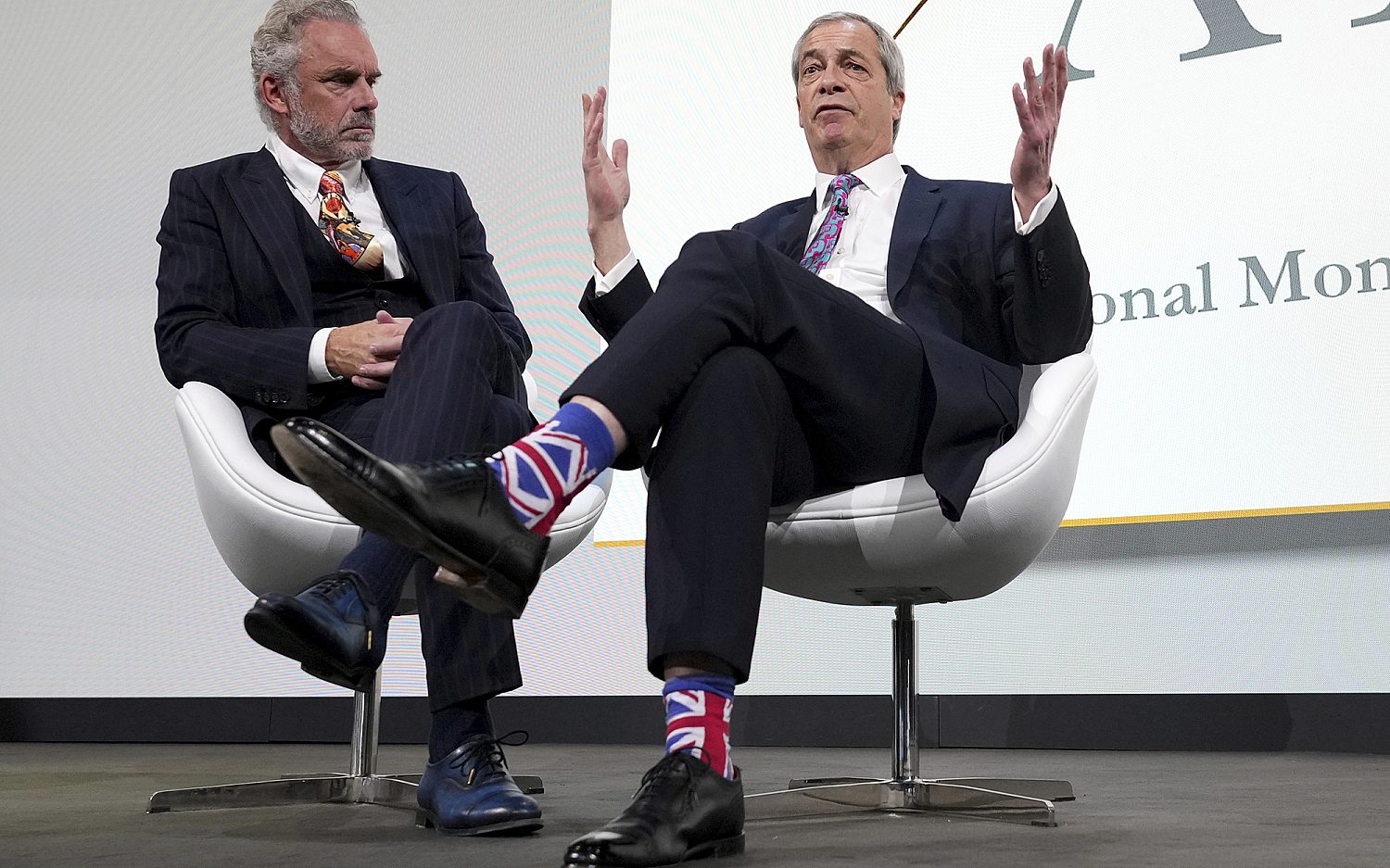Should parents of disabled children be allowed to stunt their growth?
Many parents have lamented their children growing up, with a joking wish they would stay “little” forever. But when Mark and Jenn Hooper asked pediatric endocrinologist Paul Hofman to stunt their disabled 6-year-old daughter’s growth, they were quite serious.
The Hoopers’ case is getting attention now as parents in the United States and elsewhere are looking to growth attenuation therapy as a way to make it easier to care for their disabled children. Charley Hooper, now 10, will remain just 4-foot-3-inches tall for the rest of her life. While disability advocates say stunting Charley’s growth is a violation of her human rights, her parents insist the treatment improved her quality of life.
Doctors in New Zealand diagnosed Charley with severe cerebral palsy, spastic tetraplegia, and intractable epilepsy after she was born not breathing and a botched attempt at resuscitation left her with irreversible brain damage. Charley will never hold her head up, sit, crawl, talk, or even laugh.
“They even took her smile,” Jenn Hooper said. “Charley will never open her own birthday present or get excited on Christmas morning.”
Her parents cared for her at home and included her in all family activities and outings. But they dreaded what would happen when she was fully grown.
“We knew that as soon as Charley was too big to lift without a hoist she was housebound,” Hooper told Radio New Zealand. The Hoopers wanted Charley to continue living at home, but they feared what seemed inevitable: institutionalized care.
Then the Hoopers learned about an American child named Ashley, who was very similar to Charley in her disabilities. Ashley underwent growth attenuation therapy, a controversial treatment of estrogen designed to stunt her growth and help with her seizures. She also had a hysterectomy to spare her the pain of menstruation as well as mitigate any potential risks of estrogen therapy.
“I thought, this is brilliant—amazing,” Hooper said.
But when Hofman, Charley’s doctor, approached the New Zealand board of ethics with her case, they rejected the treatment plan.
“There are well-developed ways to manage severely disabled people in New Zealand and to assist family members,” the panel wrote.
Despite initial objections, the board eventually agreed that if Charley began growth attenuation treatment outside New Zealand, Hofman could continue her therapy when she returned home.
After she started treatments, the Hoopers said Charley’s seizures stopped and her stiff limbs became more pliable. She even seems to smile now, when sunshine hits her face. While the treatment hasn’t eliminated all of their challenges, the Hoopers are pleased with the results. But not everyone shares their enthusiasm.
The idea of stunting a child’s growth and performing an elective hysterectomy brought a firestorm of objections from disability advocates such as the American Association on Intellectual and Developmental Disabilities, which called growth attenuation therapy “a totally unacceptable option.”
Bioethicist Art Caplan sympathizes with families like the Hoopers, but still believes the procedure is wrong.
“Permanently freezing a person into childhood is not the solution,” he said. “Families need more help, more resources, and more breaks from the relentless pressure of providing care.”
But the doctor who provided Ashley’s treatment in the United States, Douglas S. Diekema, a professor of pediatrics at the University of Washington School of Medicine, defended the practice as ethical and humane. Diekema serves as director of medical ethics at Children’s Hospital and Regional Medical Center and is a member of the American Academy of Pediatrics’ committee on bioethics. He coauthored the book Christian Faith, Health, and Medical Practice.
One of Diekema’s articles in the Journal of the American Medical Association outlined Ashley’s case in 2006 and included strict criteria for evaluating future patients. Speaking at a medical ethics conference, Diekema said no one “froze” Ashley. Although she will remain short, she will continue to otherwise age normally. While critics say the treatment benefits the parents, not the child, Diekema said it helps both.
“Sometimes interests may be so intertwined that they may be difficult to separate … and parental interests should carry some weight,” Diekema said.
In a recent survey conducted by the Pediatric Endocrine Society, 34 doctors said they had prescribed the treatment to at least one disabled child. But it remains controversial. Diekema believes in cases where “reasonable people” disagree about what is in the child’s best interest, parents who love their children dearly and are primarily responsible for their care should decide.
The most serious objection to growth attenuation therapy is the accusation it violates a child’s dignity and creates a slippery slope for future patients.
“Treating people with dignity may require treating them as individuals with individual needs. A beloved family member whose interests are looked after—that constitutes dignity,” Diekema said. He insists the risk of a slippery slope doesn’t necessarily mean action should be avoided.
The Hoopers remain clear about where the responsibility for their choices begins and ends.
“We’re responsible for our little girl, for deciding what we can do best for her in our family,” Jenn Hooper told a New Zealand news agency. “Nobody else has to consider the slippery slope of the entire disability population and the world when they make a decision on their child.”
The Associated Press contributed to this report.
An actual newsletter worth subscribing to instead of just a collection of links. —Adam
Sign up to receive The Sift email newsletter each weekday morning for the latest headlines from WORLD’s breaking news team.




Please wait while we load the latest comments...
Comments
Please register, subscribe, or log in to comment on this article.